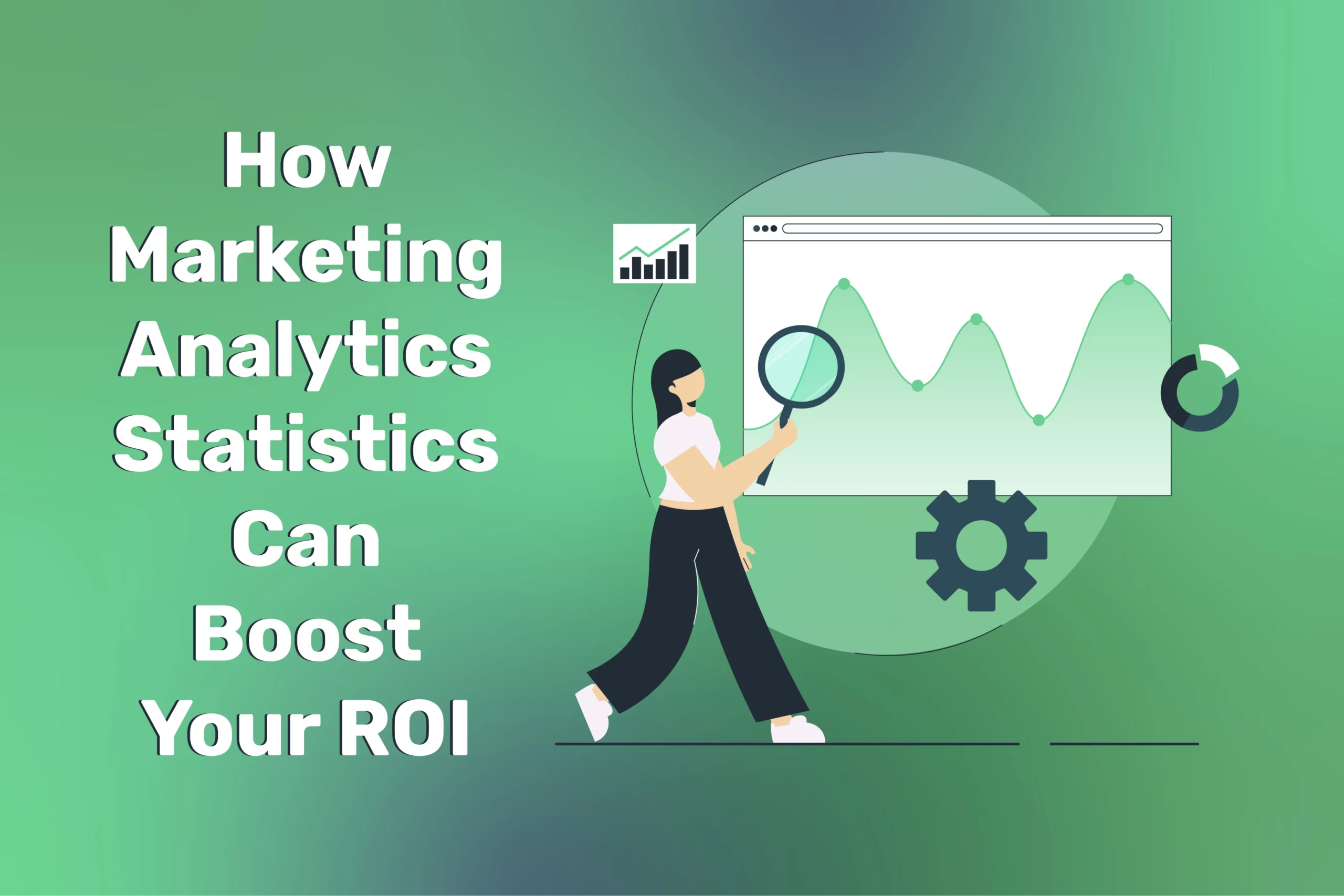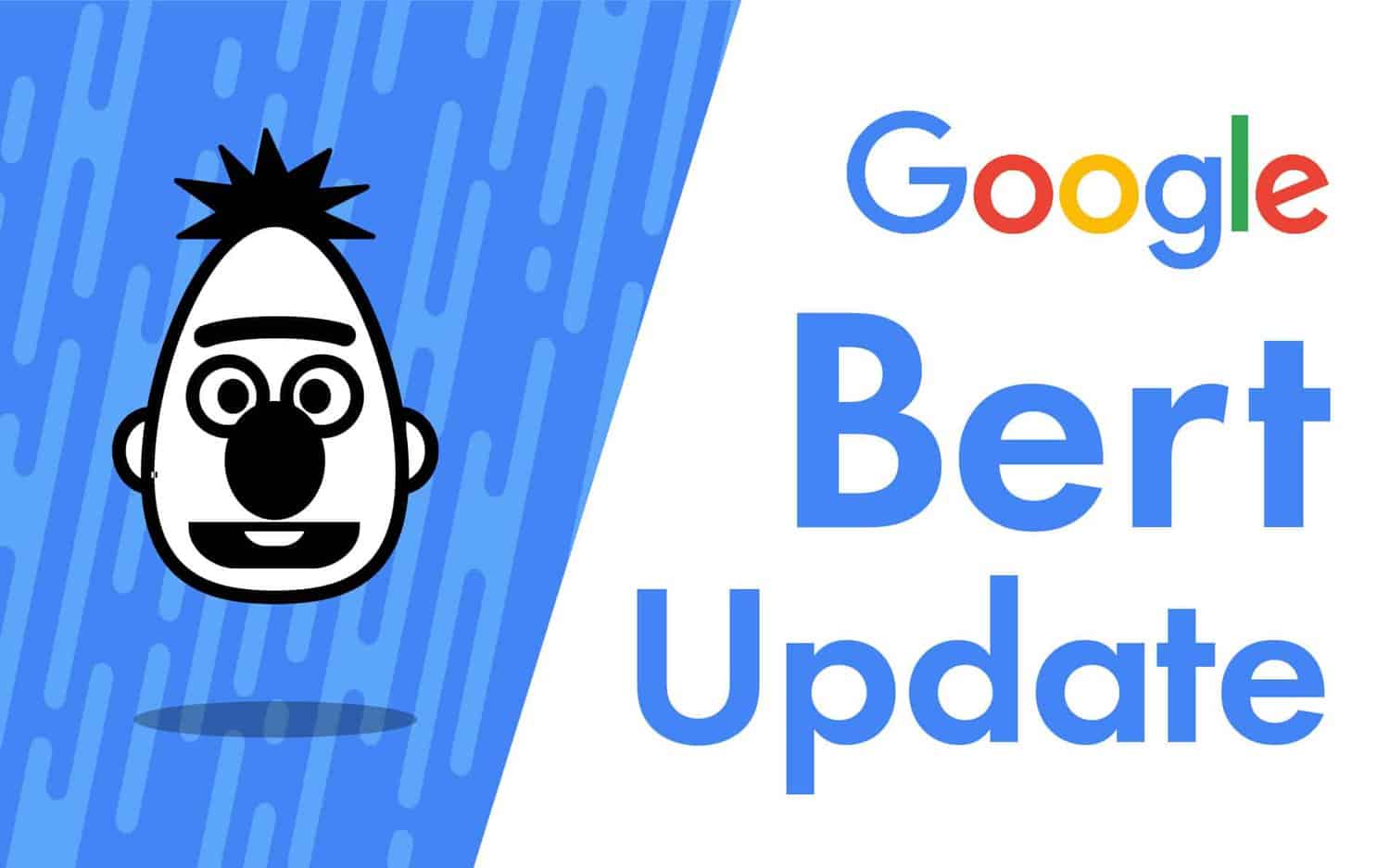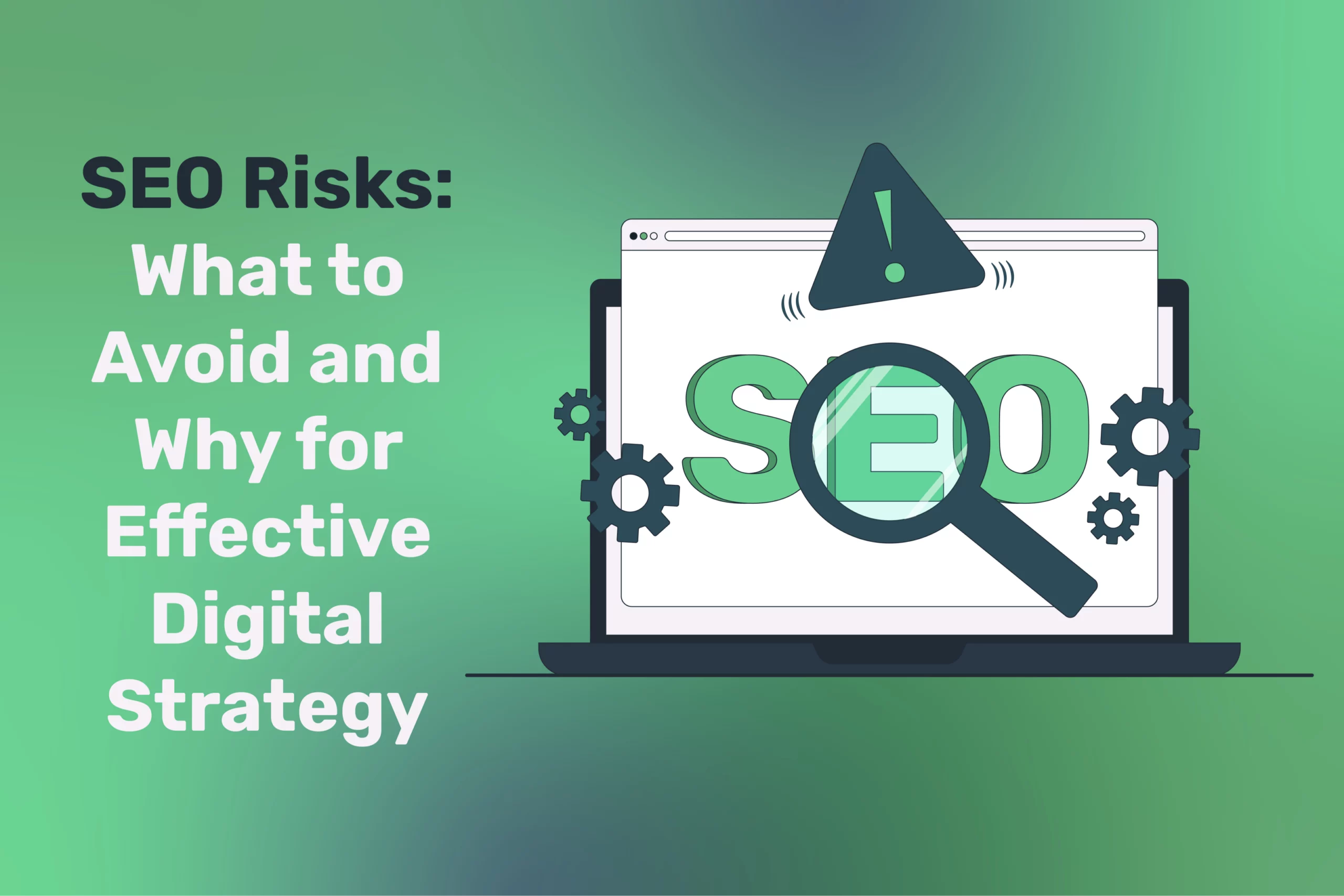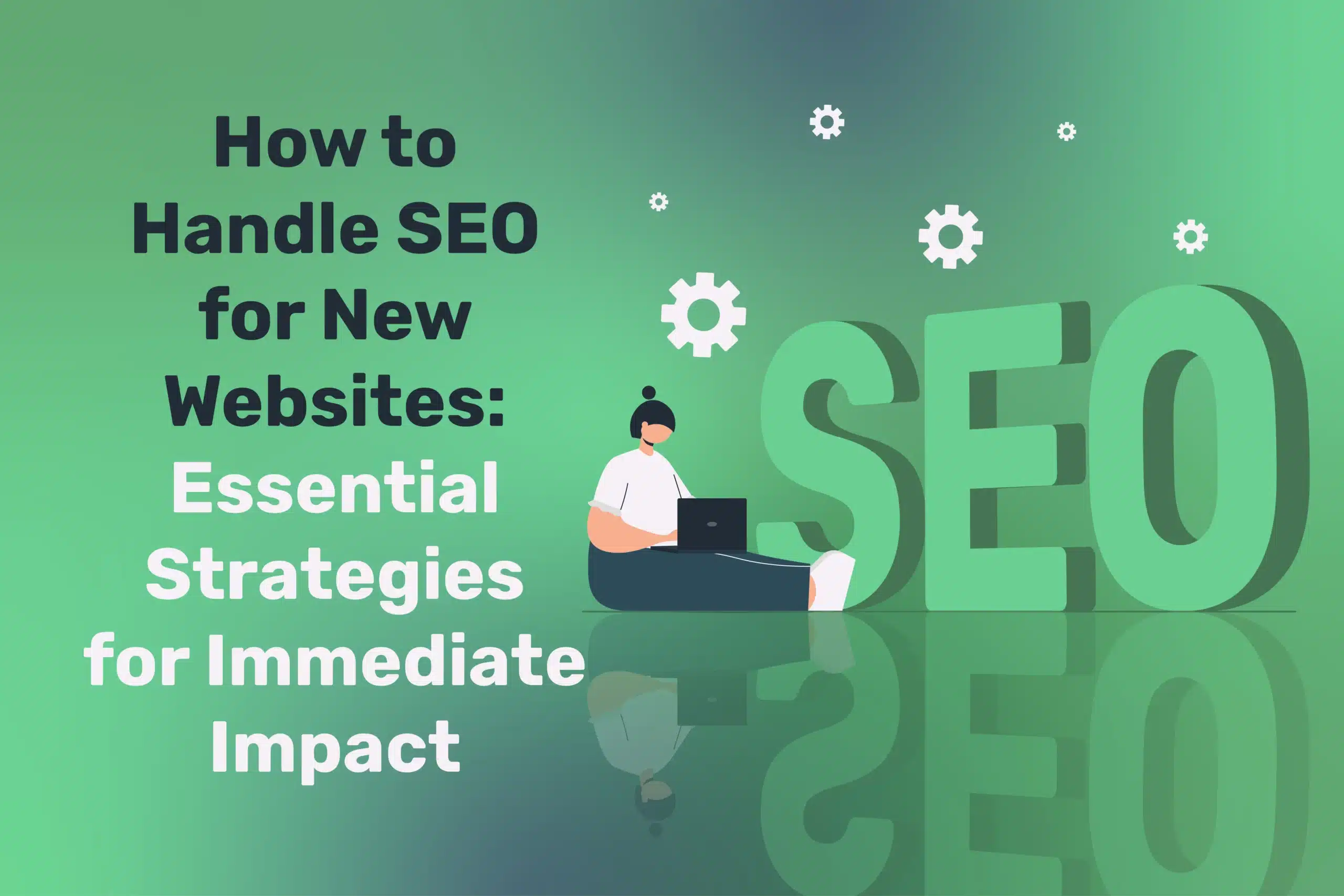
Visual Search SEO for E-commerce and Retailers: Practical Guide for SMEs in Ireland and the UK
Table of Contents
Visual search technology rapidly transforms how consumers discover and shop for products online. For small and medium-sized enterprises (SMEs) in the e-commerce and retail sectors across Ireland and the UK, optimising for visual search represents a significant opportunity to enhance visibility, attract qualified traffic, and increase conversions. This comprehensive guide provides actionable strategies for implementing effective visual search SEO tailored to local businesses.
Understanding Visual Search SEO
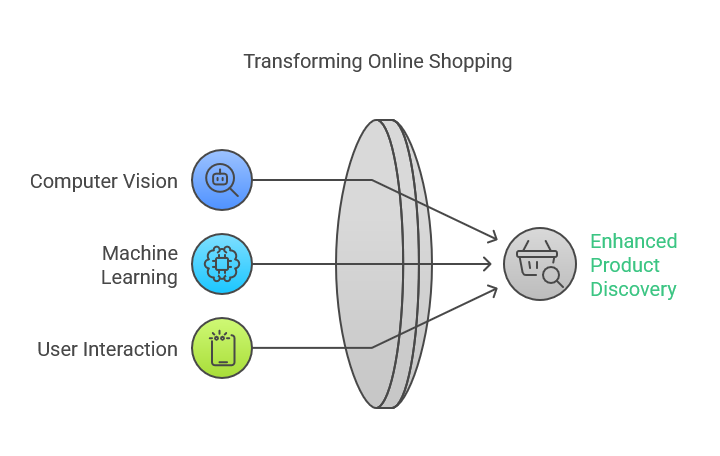
Visual search enables users to search using images rather than text, fundamentally changing how consumers find products online. Instead of typing descriptive keywords, shoppers can simply upload an image or take a photo to find visually similar items. This technology leverages advanced computer vision and machine learning algorithms to identify objects, colours, patterns, and styles within images.
How Visual Search Works
The process typically follows these steps:
- Image capture or upload: A user takes a photo or uploads an existing image
- Image analysis: The visual search engine analyses the image, identifying key visual elements
- Feature extraction: The system extracts distinctive characteristics such as shape, colour, and pattern
- Matching: These features are matched against indexed image databases
- Results delivery: The user receives visually similar products or relevant information
Key Visual Search Platforms
Google Lens: Integrated into Google’s ecosystem, allowing users to search through their smartphone cameras or uploaded images. It can identify products, read text, and connect users directly to purchasing options.
Pinterest Lens: Enables users to identify and shop for products within Pinterest’s extensive visual platform. Particularly strong in fashion, home décor, and lifestyle categories.
Bing Visual Search: Microsoft’s visual search tool is integrated into its search engine and offers functionality similar to Google Lens.
Amazon StyleSnap: Amazon‘s visual search tool is specifically designed for fashion merchandise, allowing customers to find similar products within Amazon’s marketplace.
Benefits for Local E-commerce Businesses
Implementing visual search SEO offers several significant advantages for SMEs in Ireland and the UK:
Increased Online Visibility
- Expanded search presence: Appear in visual search results in addition to traditional text-based searches
- New traffic channels: Tap into the growing segment of consumers using visual search tools
- Reduced dependency on text search: Less reliance on ranking for highly competitive keywords
- Local discovery advantage: Particularly beneficial for regional businesses targeting nearby customers
Enhanced Customer Shopping Experiences
- Intuitive product discovery: Allows customers to find products they can see but may struggle to describe
- Reduced search friction: Simplifies the path from inspiration to purchase
- Mobile-friendly interaction: Aligns with the increasing shift toward mobile shopping
- Impulse purchase facilitation: Enables spontaneous shopping when consumers see something they like
Improved Discoverability of Products
- Contextual discovery: Products can be found based on visual appearance rather than just text descriptions
- Cross-selling opportunities: Similar products can be suggested through visual similarity
- Long-tail visual discovery: Niche products with distinctive visual characteristics become more findable
- Trend capitalisation: It is easier for consumers to find products similar to trending styles they’ve seen
Research from the UK Retail Consortium indicates that retailers implementing visual search optimisation saw an average 27% increase in product discovery rates and a 19% improvement in mobile user conversion rates.
Practical Steps for Optimising Visual SEO
To optimise visual search SEO effectively, businesses must focus on several key strategies that enhance image visibility and search engine recognition. Here are practical steps to optimise your images for visual search platforms, driving more traffic and improving conversion rates.
Step 1: High-Quality Images
The foundation of effective visual search SEO is exceptional product imagery:
Professional Photography Investment
- Hire professional photographers specialising in product photography
- Ensure consistent lighting and studio setup for product consistency
- Consider 360-degree photography for complex products
- Maintain a consistent style across your product catalogue
Multiple Angles and Views
- Provide front, side, back, and detail shots for each product
- Include lifestyle images showing the product in context
- For apparel, consider on-model photography to show fit
- For furniture or home goods, show the item in room settings
Image Quality Standards
- Minimum resolution of 1500 x 1500 pixels for primary product images
- Use clean, distraction-free backgrounds (typically white)
- Maintain sharp focus on the product
- Ensure accurate colour reproduction
- Consider adding close-up shots of distinctive features, textures, or patterns.
Image Consistency
- Standardise image dimensions across product categories
- Use consistent camera angles between similar products
- Maintain uniform lighting conditions
- Apply consistent styling approaches
Step 2: Image Optimisation
Technical optimisation ensures visual search engines properly index your images:
Descriptive Filenames
- Use descriptive, keyword-rich filenames
- Follow a consistent naming convention: product-category-colour-distinctive-feature.jpg
- Include relevant product identifiers where appropriate
- Use hyphens rather than underscores to separate words
Alt Text Optimisation
- Write detailed alt text that accurately describes the image
- Include key product features visible in the image
- Incorporate relevant keywords naturally
- Keep alt text under 125 characters for optimal accessibility
- Example: “Blue ceramic teapot with floral pattern and bamboo handle, 1.2-litre capacity”
Image Compression and Performance
- Compress images to reduce file size without compromising quality
- Use WebP format when possible for better compression
- Implement lazy loading to improve page performance
- Consider using a content delivery network (CDN) for faster image loading
- Aim for an image load time under 2 seconds
File Format Selection
- Use JPEG for most product photography
- Use PNG for images requiring transparency
- Use WebP for modern browsers with fallbacks
- Use SVG for logos and icons
Image Sitemaps
- Create dedicated image sitemaps
- Include all relevant image metadata
- Submit image sitemaps to Google Search Console
- Update sitemaps when new products are added
Step 3: Structured Data Implementation
Structured data helps search engines understand the context and details of your product images:
Product Schema Markup
- Implement schema.org Product markup
- Include essential elements:
- Product name
- Description
- Price
- Currency
- Availability
- Brand
- Reviews/ratings
- Product identifiers (SKU, GTIN, MPN)
Image Schema Enhancement
- Link images directly to products using the ImageObject schema
- Include image dimensions and captions
- Specify image licensing information
- Connect images to their corresponding products
Implementation Method
- Use JSON-LD format (Google’s preferred method)
- Validate implementation using Google’s Structured Data Testing Tool
- Ensure markup is applied consistently across all product pages
- Monitor for structured data errors in the Google Search Console
E-commerce Platform Integration
- For Shopify: Utilize apps like JSON-LD for SEO or SEO Manager
- For WooCommerce: Use plugins like Yoast SEO or Schema Pro
- For Magento: Implement extensions like Magento 2 SEO Suite
- For Squarespace: Use custom code injection for JSON-LD markup
Step 4: Contextual Image Placement
How you position and contextualise images significantly impacts visual search performance:
Content-Image Alignment
- Place images adjacent to relevant descriptive text
- Ensure image captions reinforce key product features
- Position primary product images above the fold
- Group related images logically on the page
Contextual Enhancement
- Surround images with relevant, keyword-rich content
- Create detailed product descriptions highlighting visual features
- Include specific colour, pattern, material, and design terminology
- Use bullet points to highlight distinctive visual elements
Image Captioning Strategy
- Add descriptive captions to complex product images
- Reinforce key visual features in captions
- Include material specifications where relevant
- Use captions to highlight distinctive visual elements
Cross-Linking Related Products
- Create visual galleries of related products
- Link visually similar items together
- Implement “shop the look” features for fashion or home décor
- Use “customers also viewed” carousels with thumbnail images
Leveraging Platforms for Visual Search
Leveraging popular visual search platforms is crucial for increasing your product’s visibility and reach. In this section, we’ll explore how to optimise your presence on key platforms like Google Lens, Pinterest Lens, and more to maximise your e-commerce success.
Google Lens Optimisation
Technical Requirements
- Ensure images are crawlable (not blocked by robots.txt)
- Implement proper image sitemaps
- Use canonical tags to avoid duplicate content issues
- Verify mobile responsiveness of product pages
- Focus on distinctive visual features in product titles and descriptions
- Include detailed colour, pattern, and material descriptions
- Create comprehensive product category pages
- Ensure product names accurately reflect what’s visually apparent
Local Optimisation for Irish and UK Businesses
- Include regional terms in product descriptions where relevant
- Ensure business address and location information is current
- Optimise Google Business Profile with product images
- Create location-specific landing pages with relevant product imagery
Monitoring and Improvement
- Track Google Lens referrals in analytics (typically appears as Google Images traffic)
- Monitor product visibility in Google Images
- Regularly test how your products appear in Google Lens searches
- Update and refresh images for seasonal products
Pinterest Lens Optimisation
Account Setup and Management
- Create a business account with complete profile information
- Organise boards by product categories and visual themes
- Verify your website to access additional analytics
- Enable rich pins for product content
Pin Optimisation Strategy
- Create visually striking, vertical pins (optimal ratio 2:3 or 1000 x 1500 pixels)
- Include multiple images of the same product in a single-pin
- Add text overlay highlighting key features or benefits
- Pin directly from product pages to maintain linkbacks
Keyword Implementation
- Research Pinterest-specific keywords using their guided search functionality
- Include relevant keywords in pin descriptions and board titles
- Add detailed product information in pin descriptions
- Use hashtags strategically (5-10 relevant hashtags per pin)
Campaign Development
- Create seasonal Pinterest campaigns aligned with the retail calendar
- Develop trend-focused boards showcasing current products
- Utilise Pinterest shopping features for direct purchasing
- Collaborate with influencers to expand reach
Analytics and Tracking Visual SEO Performance
Measuring the effectiveness of your visual search SEO efforts requires specific tracking methodologies:
Key Performance Indicators
Traffic Metrics
- Image search referrals
- Pinterest traffic (organic and Lens-specific)
- Google Lens referrals (captured within Google Images traffic)
- Visual search conversion rate
- Time on site from visual search visitors
- Pages per session from visual search traffic
- The click-through rate on product images
- Image zoom interactions
- Product gallery interactions
- Visual search bounce rate compared to text search
- Add-to-cart rate from visual search traffic
Conversion Metrics
- Sales attributed to visual search traffic
- Average order value from visual search users
- Return on investment for image optimisation efforts
- Conversion path analysis for visual search users
Implementation and Tracking Setup
Google Analytics Configuration
- Create custom segments for visual search traffic
- Set up event tracking for image interactions
- Implement enhanced e-commerce tracking for visual search users
- Create custom dashboards for visual search performance
Visual Search-Specific Tools
- Pinterest Analytics for Lens performance
- Google Search Console for image performance data
- Heatmapping tools to analyse image interaction patterns
- Visual search ranking tools (emerging category)
Reporting Structure
- Weekly monitoring of basic visual search traffic metrics
- Monthly in-depth analysis of conversion patterns
- Quarterly review of image optimisation strategy
- A/B testing framework for image variations
Industry-Specific Visual SEO Strategies
Different industries require tailored approaches to visual search SEO to showcase their products effectively. In this section, we’ll highlight industry-specific strategies for optimising visual search in sectors like fashion, home décor, and food, ensuring your products stand out in the most relevant way.
Fashion and Apparel
Fashion retailers can particularly benefit from visual search optimisation:
- Showcase products on models to provide size and fit context
- Highlight distinctive design elements, patterns, and textures
- Create lookbooks and style guides with shoppable images
- Ensure colour accuracy across all devices
Fashion-Specific Technical Optimisation:
- Include detailed fabric descriptions in product metadata
- Use appropriate fashion terminology in image descriptions
- Implement outfit combination suggestions through visual galleries
- Create season-specific image collections with proper schema markup
Home Décor and Furniture
For home goods retailers, context and placement are crucial:
- Show products in realistic room settings
- Provide detailed dimensions through comparison images
- Include close-ups of materials, textures, and finishes
- Offer multiple styling options for versatile items
Home Décor Technical Optimisation:
- Include room type and style descriptors in image metadata
- Use dimension and material specifications in structured data
- Implement “shop the room” features with hotspots on room images
- Create style collections with consistent visual themes
Food and Grocery
Visual search for food products requires specific approaches:
- Show both packaging and prepared product
- Include serving suggestions and recipe contexts
- Highlight distinctive packaging design elements
- Ensure product ingredient visibility where relevant
Food Technical Optimisation:
- Include nutritional information in the product schema
- Add recipe schema where appropriate
- Tag allergen information in structured data
- Implement “meal solution” image collections
Emerging Trends in Visual Search SEO
As visual search technology evolves, new trends are shaping how consumers discover products online. In this section, we’ll explore emerging trends in visual search SEO, such as augmented reality and video content, and how businesses can leverage these innovations for future growth.
Augmented Reality Integration
- Virtual “try-before-you-buy” experiences
- AR-enabled visual search applications
- In-store visual search integration
- Real-time visual search with AR overlays
Video Content in Visual Search
- Optimising product videos for visual search
- Shoppable video content integration
- Video thumbnail optimisation
- Interactive video and visual search combination
Voice and Visual Search Combination
- Multi-modal search optimisation strategies
- Voice-activated visual search capabilities
- Combined voice and image query handling
- Cross-device visual search continuity
Common Visual SEO Mistakes to Avoid
Optimising for visual search SEO can be highly effective, but common mistakes can hinder your efforts. In this section, we’ll highlight the most frequent errors businesses make and provide guidance on how to avoid them, ensuring your visual search strategy is as successful as possible.
Technical Errors
- Using generic image filenames (e.g., IMG_1234.jpg)
- Missing or poor-quality alt text
- Blocking images from search engine crawlers
- Using low-resolution or pixelated images
Strategic Missteps
- Prioritising artistic images over clear product representation
- Inconsistent image styling across product lines
- Focusing solely on primary product images and neglecting detail shots
- Failing to update images for seasonal or updated products
Implementation Issues
- Improper structured data implementation
- Slow-loading image galleries
- Lack of mobile optimisation for images
- Inadequate image compression
Expert Quote
“Visual search is revolutionising how consumers discover and interact with products. SMEs that embrace visual SEO will significantly enhance their competitive edge by attracting more targeted traffic and driving higher conversions. We see powerful results when businesses integrate visual optimisation with their broader digital strategy, creating a seamless path from discovery to purchase.” – Ciaran Connolly, Director of ProfileTree.
Implementation Roadmap for SMEs
For Irish and UK-based SMEs looking to implement visual search SEO, this phased approach offers a structured way forward:
Phase 1: Assessment and Planning (Weeks 1-2)
- Audit existing product imagery and identify gaps
- Benchmark current visual search performance
- Develop image standards and guidelines
- Prioritise product categories for optimisation
Phase 2: Technical Foundation (Weeks 3-4)
- Implement structured data for products
- Optimise image metadata and alt text
- Create image sitemaps
- Configure analytics tracking for visual search
Phase 3: Content Development (Weeks 5-8)
- Produce new high-quality product photography
- Develop enhanced product descriptions highlighting visual elements
- Create Pinterest-optimised pins and boards
- Implement contextual image placement
Phase 4: Platform Expansion (Weeks 9-12)
- Optimise presence on Google Lens
- Develop a Pinterest Lens strategy
- Explore integration with other visual search platforms
- Implement cross-platform visual consistency
Phase 5: Analysis and Refinement (Ongoing)
- Monitor visual search performance metrics
- A/B test image variations
- Update seasonal content
- Refine approach based on performance data
Next Steps
Visual search SEO offers an invaluable opportunity for SMEs in e-commerce and retail to stand out in crowded digital marketplaces. By optimising images and effectively utilising structured data, businesses in Ireland and the UK can enhance product visibility, customer engagement, and sales growth.
As visual search technology evolves, businesses that establish strong foundations now will be well-positioned to capitalise on future developments. Investing in high-quality imagery and proper technical implementation pays dividends through improved discovery, enhanced user experience, and increased conversions.
For SMEs ready to implement visual search SEO, the recommended first steps include:
- Conducting a comprehensive audit of existing product imagery
- Developing clear image standards and guidelines
- Implementing basic structured data for key products
- Creating a presence on Pinterest with optimised product pins
- Monitoring visual search traffic and conversions
Conclusion
Optimising for visual search SEO is a critical strategy for local e-commerce businesses in Ireland and the UK, particularly SMEs looking to stand out in an increasingly competitive online marketplace. By leveraging visual search technology, companies can enhance online visibility, attract a more engaged customer base, and drive higher conversion rates.
With the growing popularity of platforms like Google Lens, Pinterest Lens, and Amazon StyleSnap, businesses that embrace visual search SEO can tap into new traffic channels and create an enhanced shopping experience for their customers. By focusing on high-quality imagery, image optimisation, structured data, and contextual image placement, SMEs can position themselves for success in visual search results.
As visual search continues to evolve, businesses must stay ahead by continually refining their strategies, monitoring performance, and adapting to emerging trends such as augmented reality and voice-activated visual search. With the right approach and commitment, SMEs can unlock the full potential of visual search to drive product discovery and increase sales.
ProfileTree supports SMEs with expert visual SEO strategies, providing tailored advice and practical implementation to achieve sustainable business growth through enhanced visual discovery.
